A Look Back at NYPL's Rooftop Reading Rooms
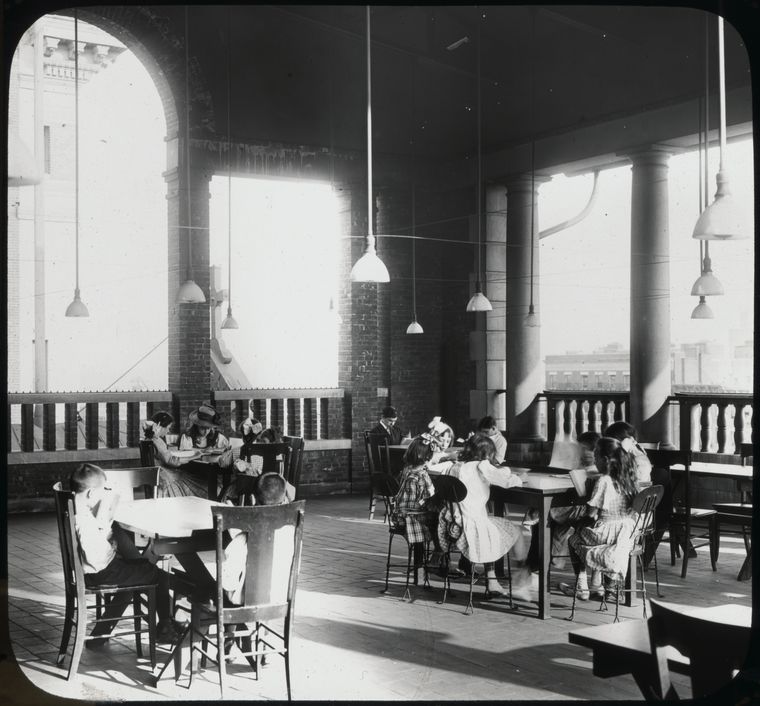
New York City’s phased reopening following COVID-19 closures has had one immediately visible effect: New Yorkers are embracing, or at least tolerating, the great outdoors. Eager to avoid (and in many cases prohibited from) the enclosed spaces where coronavirus most readily spreads, people have turned streets, sidewalks and parks into living rooms, restaurants and bars. While the outdoors have mainly captured the public’s imagination as a site of leisure (or even vice) and transportation, many advocates who are wary of reopening New York’s poorly-ventilated public school buildings have proposed holding classes outside in the open air, which the New York Times reported had been done during earlier epidemics. As of this week, Mayor Bill DeBlasio has indicated that city public schools will be experimenting with outdoor learning spaces.
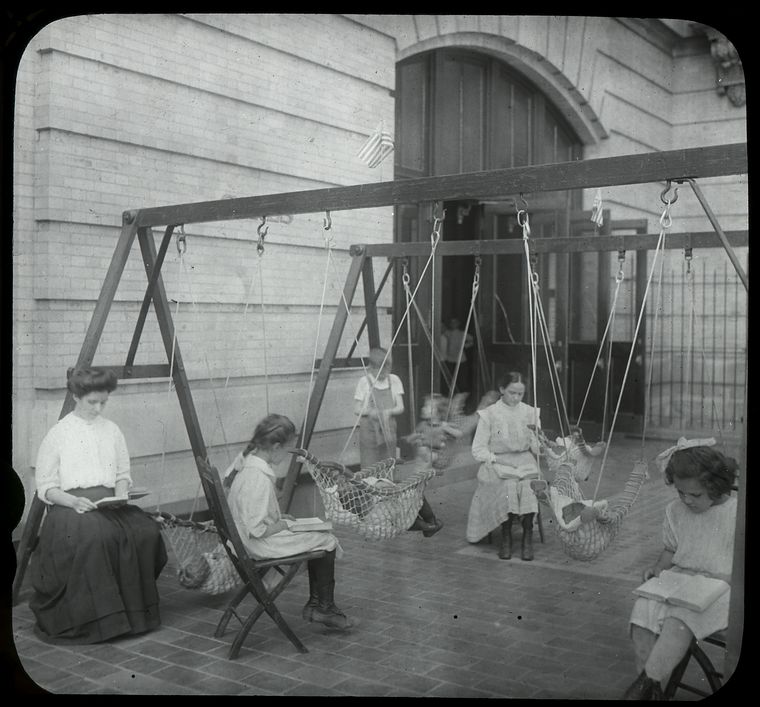
Streets and parks are not the only outdoor spaces where New Yorkers are gathering and relaxing. Early on during shelter-in-place orders, a popular video on Twitter showed people exercising, reading, and working on their apartment buildings’ roofs, a development that prompted some onlookers to declare that “rooftop culture” was making a comeback. Already, some rooftop venues have attracted negative press coverage for appearing to flout social distancing guidelines. It’s worth noting, though, that New York rooftops have historically been not only sites of revelry and relaxation, but also of education and culture.
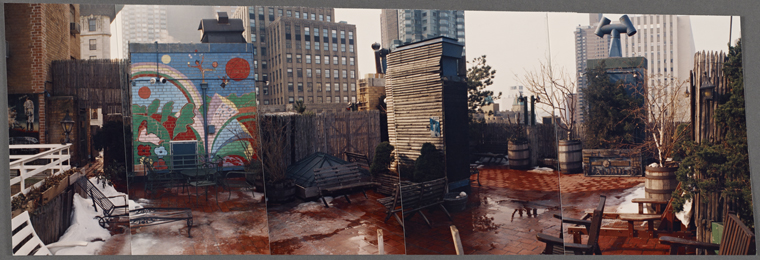
In recent years, The New York Public Library made headlines with its Outdoor Reading Room, held on the plaza of the Stephen A. Schwarzman Building, which drew inspiration from the "open air reading rooms" in Bryant Park during the 1930s and 40s. But even before that, in the early 20th century, some libraries located on the cramped Lower East Side operated rooftop reading rooms for children during the summer months. These reading rooms were part of a broader trend in Gilded Age New York, as a New York Times headline from August, 1910 proclaimed: “Welcome Oases in New York’s Desert of Roofs: Theatre, Hospital, Cafe, Tenement, and Private Roof Gardens are Becoming Common.” “New York seems to be awakening more than ever,” the article began, “to the possibilities offered by its roofs. An immense area, almost equal to that of the city itself, has been allowed to go to waste.” The article reported that in addition to rooftop gardens along Riverside Drive and playgrounds on top of public schools, hospital wards were being built on rooftops for open-air convalescence. Ordinary people sometimes used this outdoor space for sleeping during hot months, or sunbathed on the “tar beaches.” Theaters, too, made use of their rooftop space by staging productions there in warm months.
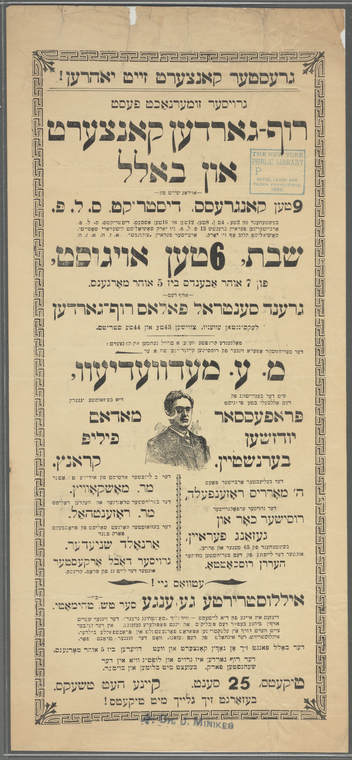
The Times credited the Lower East Side’s settlement houses with being “pioneers” of the rooftop movement, so it is perhaps no surprise that the first libraries who built rooftop reading rooms were located there. As of 1910, the five NYPL branches that featured rooftop reading rooms were Rivington Street (the first, having opened its roof in 1905), St. Gabriel’s Park, Hamilton Fish Park, Columbus and Seward Park. The Times reported favorably on these reading rooms, noting that “the readers flocked to the upper levels undismayed by the rather long flight of steps which must be negotiated.” Given the popularity of the five existing rooftops, the Times noted: “There are upwards of fifty public branch libraries in New York which may be readily equipped with roof gardens, and the plan will doubtless be extended."
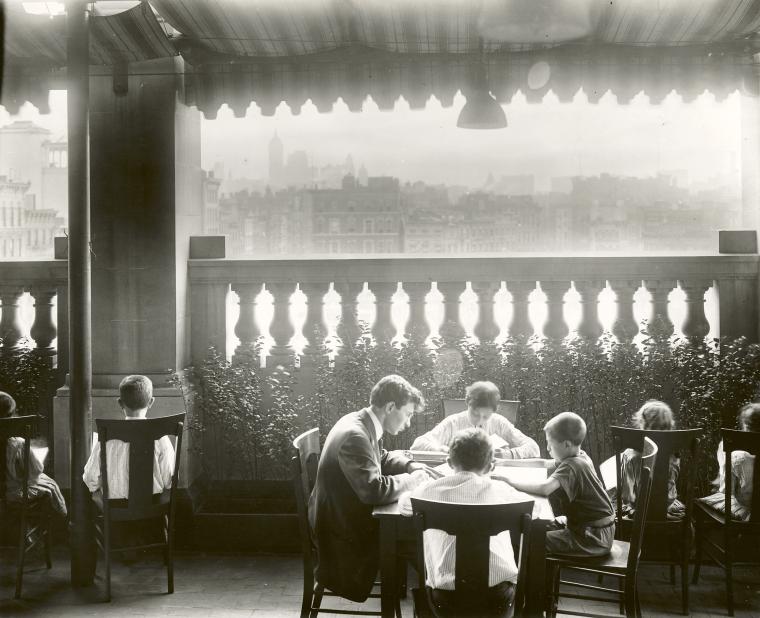
This turned out to be false optimism on the part of the Times. The rooftop reading rooms were initially very popular, according to the New York Public Library Bulletin, with attendance in the rooftop reading rooms making up a significant portion of total attendance during the months that they were open. The Bulletin explained that “In opening these roof reading-rooms the library has continued its endeavor to provide in densely populated neighborhoods adequate places for reading and study in the open air, where such opportunities are otherwise very limited,” and this endeavor appeared to be successful. So where did they go? I turned to the Bulletin—a rich resource for anyone interested in the history of New York City’s libraries—to answer what I believed would be a simple question: when did the rooftop reading rooms close, and why? But as so often happens with primary source research, particularly when relying only on sources that have been digitized and made searchable, a clear answer eluded me. Though there are references to the reading rooms operating in 1914, I could not find any definitive proof that they operated as reading rooms in following years. Even in 1911, not long after the reading rooms had first opened, declining attendance was attributed to both weather and “an increase in the neighborhood of the down town branches of various vacation schools [similar to modern day camps] and playgrounds which attracted many of the children who previously used the rooftop reading rooms.”
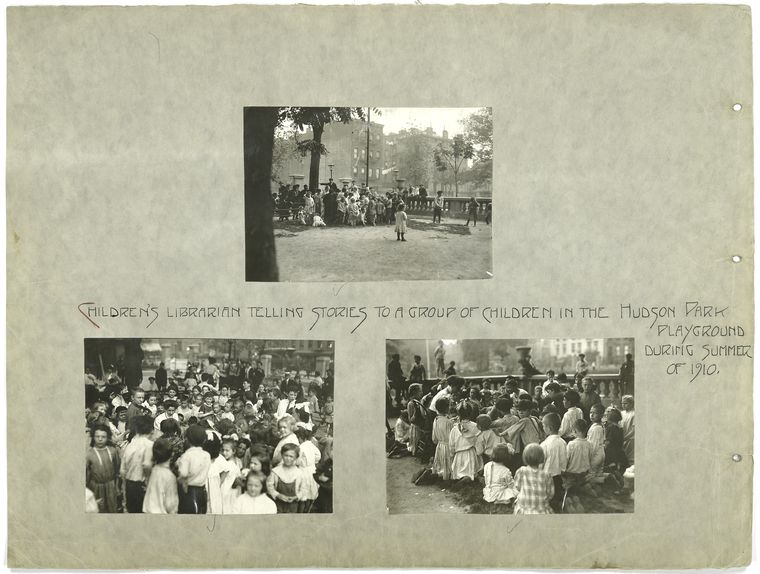
It is possible that an increase in the building of playgrounds, which according to the NYC Parks Department occurred around this time, was responsible for the closure of the rooftop reading rooms. The Bulletin contains numerous references to NYPL librarians holding storytimes in playgrounds and parks, even coordinating with the parks department to plan such events. As the city began to invest in more public spaces for children to enjoy, the Library adapted and embraced these developments: when public pools opened near the Hamilton Fish Park and Rivington Street branches, librarians began holding storytimes there, reading to children who “often came dripping wet, direct from the pool.”
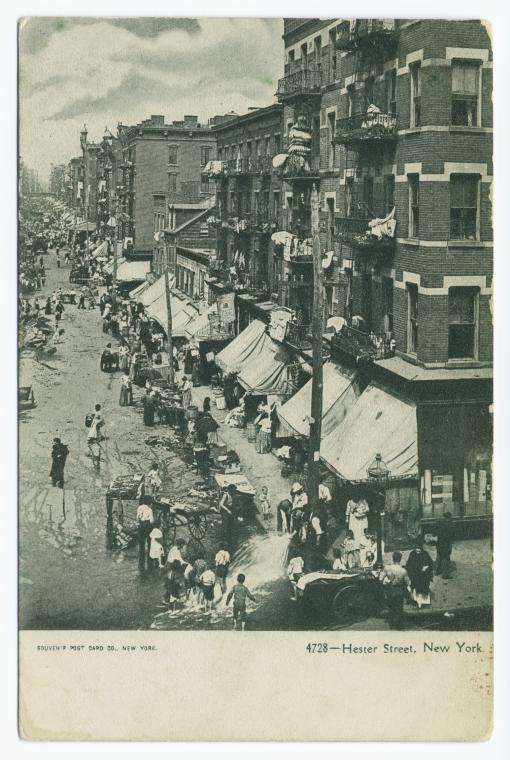
The Bulletin does note, though, that “At Hamilton Fish Park, story hours were held on the roof of the Library at such times as the children were not admitted to the swimming pool.” Changing demographics of the city may also have played a role in the closure of the rooftop reading rooms, as the population shifted uptown and caused at least one of the branches (Rivington Street) that had a rooftop reading room to close.
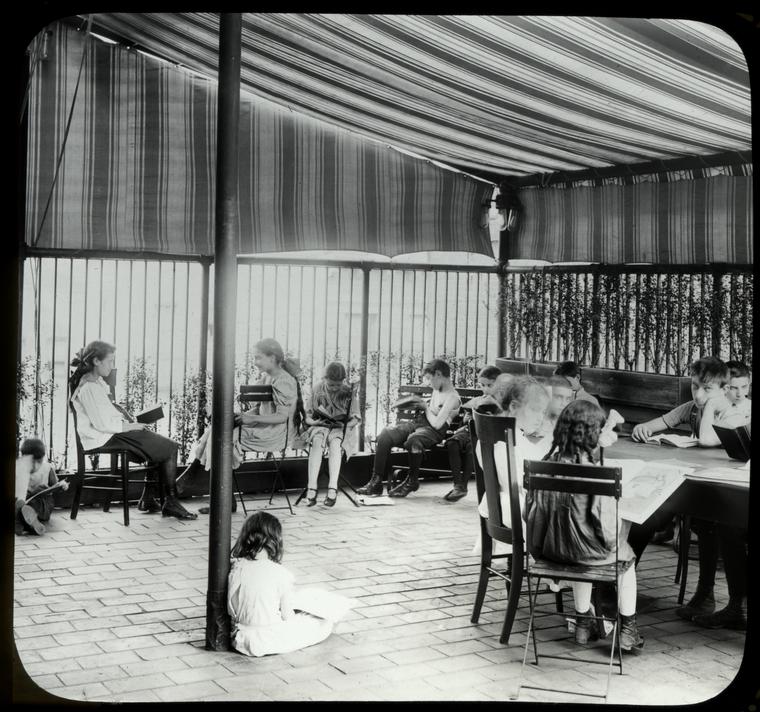
Though references to the rooftops operating as full-fledged reading rooms taper off in the mid-1910s, we know the libraries continued using them as events spaces. Library gardens in the Bronx were also used for these purposes. According to the Bulletin’s summaries of meetings held in all NYPL branches, these rooftop reading rooms hosted community events into the 1920s and '30s, including weekly marionette plays, a Yiddish literary forum, English classes for foreigners, and something called the “Little Mother’s Club.” Perhaps most relevant for today, one branch also held an annual meeting for the principals of all the area’s schools on their roof.
The New York Public Library has always served patrons in unexpected places, from roofs to fire boats, and will no doubt continue to do so. As we all continue to reimagine what our city can look like during and after the COVID-19 pandemic, examples from history like the rooftop reading rooms should remind us that even seemingly far fetched ideas may be worth a shot.
For further reading on New York’s children and playgrounds, check out this blog post, Play Strike! Exploring NYC Playgrounds Through Historical Newspapers.
Read E-Books with SimplyE
 With your library card, it's easier than ever to choose from more than 300,000 e-books on SimplyE, The New York Public Library's free e-reader app. Gain access to digital resources for all ages, including e-books, audiobooks, databases, and more.
With your library card, it's easier than ever to choose from more than 300,000 e-books on SimplyE, The New York Public Library's free e-reader app. Gain access to digital resources for all ages, including e-books, audiobooks, databases, and more.
If you don’t have an NYPL library card, New York State residents can apply for a digital card online or through SimplyE (available on the App Store or Google Play).
Need more help? Read our guide to using SimplyE.